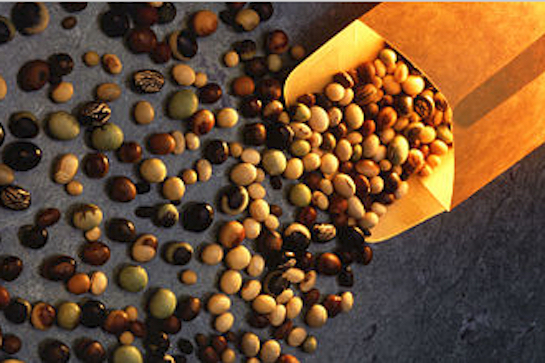Breast Cancer Rate Can Be Influenced by Early Eating Patterns

For decades, scientists have argued about fiber's impact on disease rates. American studies often found no links to the prevention of cancer and heart disease, while European studies did. A new Harvard study found dietary fiber eaten in the teenage years and early adulthood significantly decreased breast cancer rate later in life, especially with premenopausal breast cancer, the most dangerous kind. And this result was unchanged by red meat and animal fat, while previous studies have found a significant link.
"Adolescence and early adulthood is a period when breast cancer risk appears to be very important," according to the study.
Several biological mechanisms explain the role of fiber on breast cancer risk. Because eating high fiber foods tends to keep blood sugar at lower levels, insulin levels may be lower. When insulin is higher because of a higher blood sugar level, "insulin-like growth factors," which are associated with higher cell growth and cancer rates, reduce. Also, dietary fiber may lower estrogen levels in the blood by increasing bowel excretion.
Our grandmothers have been extolling the virtues of roughage for generations. Turns out they were right. But the benefit of "roughage" aka fiber, are far more vast than our grandmothers ever realized.
Fiber is mainly carbohydrate, the undigestible part of plant foods - fruits, vegetables, whole grains, legumes and nuts.
All types of fiber were associated with decreased risk, including fiber from fruits, vegetables, insoluble and soluble fibers.
